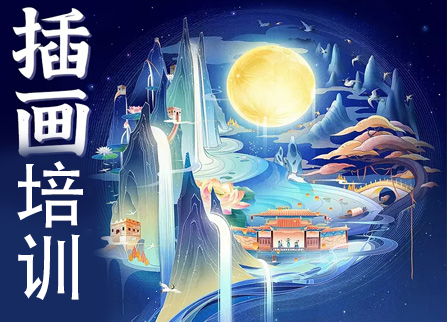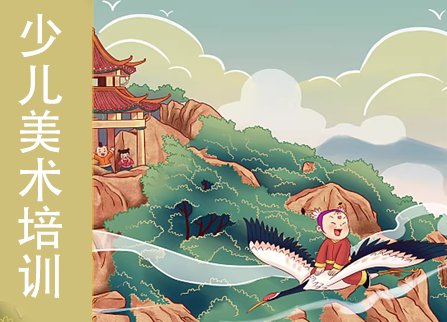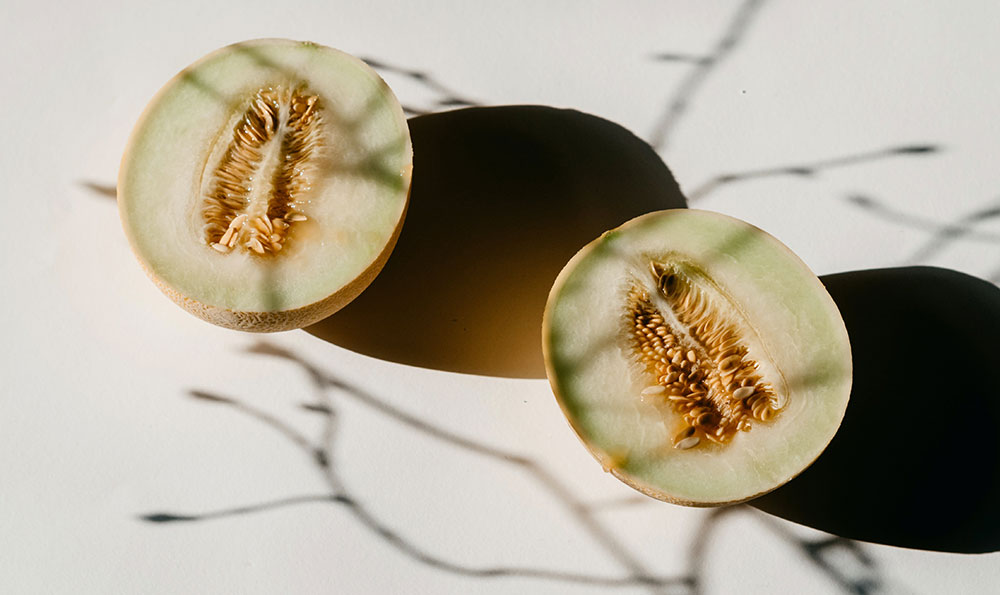介紹各民族舞蹈
導讀:舞蹈是各個民族的瑰寶,每一個民族都有著獨特而又美麗的舞蹈文化。從東方的中國舞蹈到西方的拉丁舞,從非洲的部落舞蹈到北美洲的印第安舞蹈,每一種舞蹈都展現了不同文化的風采和特色
舞蹈是各個民族的瑰寶,每一個民族都有著獨特而又美麗的舞蹈文化。從東方的中國舞蹈到西方的拉丁舞,從非洲的部落舞蹈到北美洲的印第安舞蹈,每一種舞蹈都展現了不同文化的風采和特色。讓我們一起深入了解各個民族舞蹈,感受不同文化的魅力。
中國舞蹈: 中國舞蹈是世界上最古老、最豐富的舞蹈之一。它源遠流長,千姿百態。中國民族舞蹈以其獨特的魅力和多樣性而著稱。從古典的京劇舞蹈到優美的民族舞蹈,每個地區都有其獨特的風格和特點。
印度舞蹈: 印度舞蹈是印度文化的重要組成部分,它展示了印度傳統藝術的魅力。印度舞蹈分為古典舞和民族舞兩種。古典舞強調優雅和身體的靈活性,而民族舞則更注重表達故事和情感。
非洲舞蹈: 非洲舞蹈是非洲文化中不可或缺的一部分。非洲舞蹈以其獨特的節奏和動感而聞名于世。不同的部落和地區有著不同的舞蹈風格,但它們都強調身體的自由運動和動感的表達。
拉丁舞: 拉丁舞是充滿激情和活力的舞蹈形式。它源自拉丁美洲,具有獨特的節奏和韻律。扭動的腰肢和快速的腳步使拉丁舞成為了一種獨特的舞蹈形式,吸引著世界各地的舞者和觀眾。
北美印第安舞蹈: 北美印第安舞蹈是美洲土著民族的傳統藝術表現。它是對自然界的崇拜和對神圣力量的追求的表達。北美印第安舞蹈以其原始而又神秘的氛圍,吸引了世界各地的舞蹈愛好者。
歐洲古典舞: 歐洲古典舞是西方文化的一部分。它起源于法國宮廷舞蹈,經過幾個世紀的發展,形成了獨特而美麗的藝術形式。歐洲古典舞強調優雅和技巧,在舞者的動作中展現出精致和卓越的表演。
南美探戈: 探戈是阿根廷的國舞,它是一種充滿激情和情感的舞蹈。探戈舞時,男女舞伴緊緊擁抱,通過身體的相互運動來表達情感和故事。它的獨特風格和表現方式使其成為了一種被廣泛喜愛和學習的舞蹈形式。
亞洲傳統舞蹈: 亞洲地區有著豐富多樣的傳統舞蹈。從日本的和舞到韓國的舞蹈,每個國家都有著自己獨特的舞蹈文化。這些傳統舞蹈通過動作、服飾和音樂來表達傳統價值觀和文化特點。
結尾: 各個民族舞蹈的多樣性和獨特性讓人們對于不同文化有了更深入的了解。通過舞蹈,我們可以感受到不同民族的美麗和魅力。不論是中國舞蹈的優雅,非洲舞蹈的動感還是拉丁舞的激情,每一種舞蹈都值得我們去欣賞和學習。讓我們共同分享舞蹈帶來的快樂和文化交流的魅力。
介紹民族舞蹈的英語演講稿初中
民族舞蹈(Chinese Ethnic Dance)is an important cultural heritage of China. It reflects the diverse ethnic groups and their rich traditions. This article aims to provide an objective and informative overview of Chinese ethnic dance, highlighting its significance and key features.

Historical Background
Chinese ethnic dance has a long history that dates back thousands of years. It has evolved from ancient rituals and ceremonies to become a popular form of artistic expression. Different ethnic groups have developed their unique dance styles, costumes, and music, which reflect their distinct cultural identities.
Key Features
Chinese ethnic dances are characterized by their graceful movements, vibrant costumes, and traditional music. Each dance has its own narrative, depicting stories from folklore, history, or daily life. The dancers' gestures and postures convey deep emotions and meanings, making the performances visually captivating and emotionally engaging.
Variety of Ethnic Dances
China is home to 56 ethnic groups, and each has its own traditional dances. For example, the Dai people in Yunnan province perform the "Peacock Dance," which symbolizes good luck and beauty. The Uygur people in Xinjiang province have their unique "Lamb's Polo Dance," which showcases the strength and unity of the community.
Preservation and Promotion
The Chinese government recognizes the importance of preserving and promoting ethnic dances. Various initiatives and organizations have been established to safeguard and pass down this cultural heritage. These include dance academies, cultural festivals, and research institutions that work to document, teach, and showcase ethnic dances to both domestic and international audiences.
Impact on Society
Chinese ethnic dance plays a significant role in promoting cultural diversity and fostering national unity. It bridges the gap between different ethnic groups, promoting understanding and appreciation of each other's traditions. Ethnic dance performances are often featured in national celebrations, cultural exchange events, and international dance festivals, enhancing China's soft power and cultural diplomacy.
Training and Education
To become a skilled ethnic dancer, rigorous training and education are required. Many talented dancers start their training at an early age and undergo years of professional instruction. Dance schools and academies provide a structured curriculum that includes various dance techniques, history, and cultural knowledge. Through dedicated practice and guidance, dancers master the intricate movements and expressions of ethnic dance.
International Recognition
Chinese ethnic dance has gained recognition and admiration worldwide. It has been showcased in international dance competitions, cultural exchanges, and performances held in different countries. Its artistic and cultural value have been celebrated and appreciated by people from diverse backgrounds, making Chinese ethnic dance a global art form.
Conclusion
In conclusion, Chinese ethnic dance is an invaluable part of China's cultural heritage. Its rich history, variety of styles, and impact on society make it a unique and cherished art form. By preserving and promoting ethnic dances, China not only celebrates its diverse traditions but also shares its cultural wealth with the world. Let us appreciate and embrace the beauty of Chinese ethnic dance and the stories it tells.
主持人介紹民族舞蹈的臺詞
第一段:歡迎詞

尊敬的各位觀眾,大家好!我們相聚在這里,共同欣賞一場精彩的民族舞蹈表演。民族舞蹈作為一種獨特的藝術形式,展示了不同民族之間的文化交流與傳承。讓我們一起領略舞者們的婀娜身姿和優雅動作所傳遞的深厚意蘊。
第二段:舞蹈背景介紹
有著豐富多樣的民族舞蹈。每個民族都有自己獨特的舞蹈形式,表達了他們的生活方式、宗教信仰、歷史傳統和文化特色。這些舞蹈通過舞者的動作、服飾和音樂,向我們展現了不同民族的風貌和魅力。
第三段:蒙古族舞蹈
蒙古族舞蹈以其獨特的舞姿和節奏感而聞名。舞者們身穿傳統的蒙古族服裝,在舞臺上展示出高亢奔放的舞動和熱情洋溢的情感。他們用自己獨特的方式,表達著對大草原的熱愛和對民族文化的傳承。
第四段:藏族舞蹈
藏族舞蹈是藏民族文化的重要組成部分,它以其雄渾、激情和獨特的舞姿而備受矚目。舞者們身著色彩斑斕的藏族服裝,跳躍、轉身、旋轉,展示出藏族人民對自然環境的敬畏和對生命的熱愛。
第五段:哈尼族舞蹈
哈尼族舞蹈是云南哈尼族人民的代表性藝術形式。舞者們穿著鮮艷的傳統服飾,以優美的舞姿和身體的協調動作,表達著對土地和大自然的感激之情。他們跳躍、轉身,展示出哈尼族人民樂觀向上的生活態度。
第六段:壯族舞蹈
壯族舞蹈是中國最大的少數民族之一壯族獨特的藝術形式。舞者們身著華美的壯族服飾,在舞臺上翩翩起舞,展示出壯族人民對生活的熱情和對自然的崇拜。他們舞動的身姿和獨特的舞步,向觀眾展示了壯族文化的魅力和活力。
第七段:彝族舞蹈
彝族舞蹈是彝族人民的特色藝術表演之一,也是中國優秀的民族舞蹈之一。在舞臺上,舞者們身著彝族傳統服飾,舞動的身姿如同山間溪水般流暢。他們用舞蹈表達彝族人民對大自然的崇敬和對生活的熱愛之情。
第八段:維吾爾族舞蹈
維吾爾族舞蹈是新疆維吾爾族人民的傳統舞蹈形式,以其優美獨特而著稱。舞者們身著維吾爾族傳統服飾,跳躍、旋轉,展示出對大漠、對馬背上暢游的熱愛和對生命的激情。
第九段:總結
通過這場民族舞蹈表演,我們不僅僅欣賞到了精彩的舞蹈動作和音樂表演,更深刻感受到了不同民族之間的文化交流和傳承。民族舞蹈以其獨特的藝術形式和豐富的文化內涵,豐富了我們的文化生活,也增進了我們不同民族之間的理解和友誼。
第十段:致辭
再次感謝各位觀眾的光臨和支持,希望今天的表演能夠給大家帶來快樂和啟發。也希望大家能夠繼續關注和傳承民族文化,讓民族舞蹈這一瑰寶繼續閃耀。謝謝大家!
以上就是本次民族舞蹈表演的介紹,希望大家能夠通過這場舞蹈表演,更好地了解和欣賞民族文化的瑰寶。謝謝大家!



















